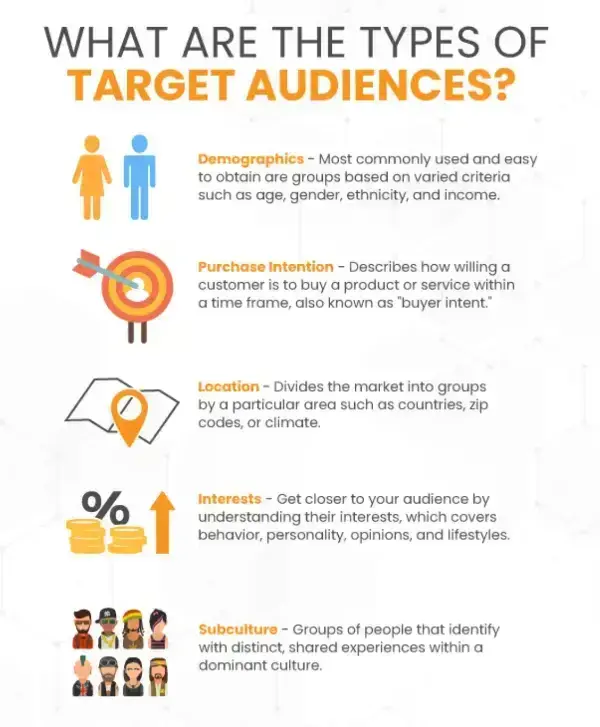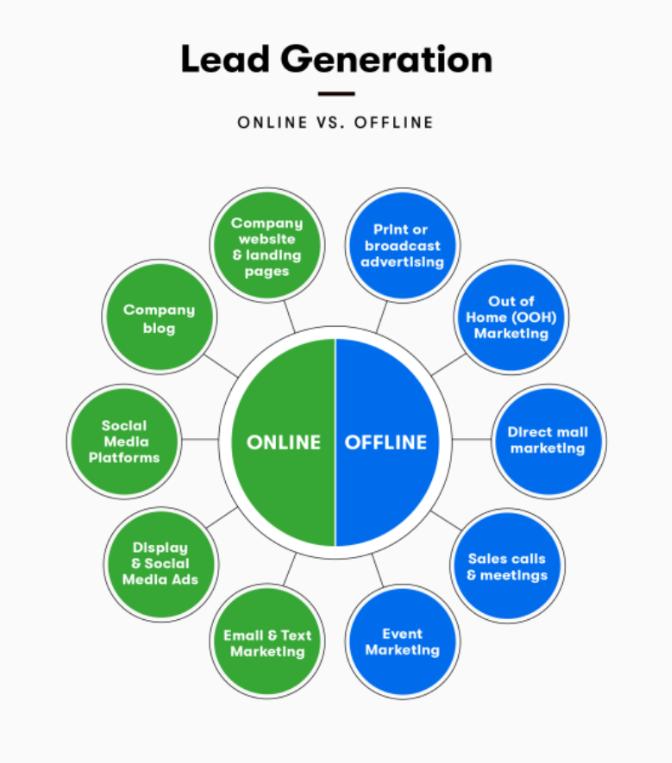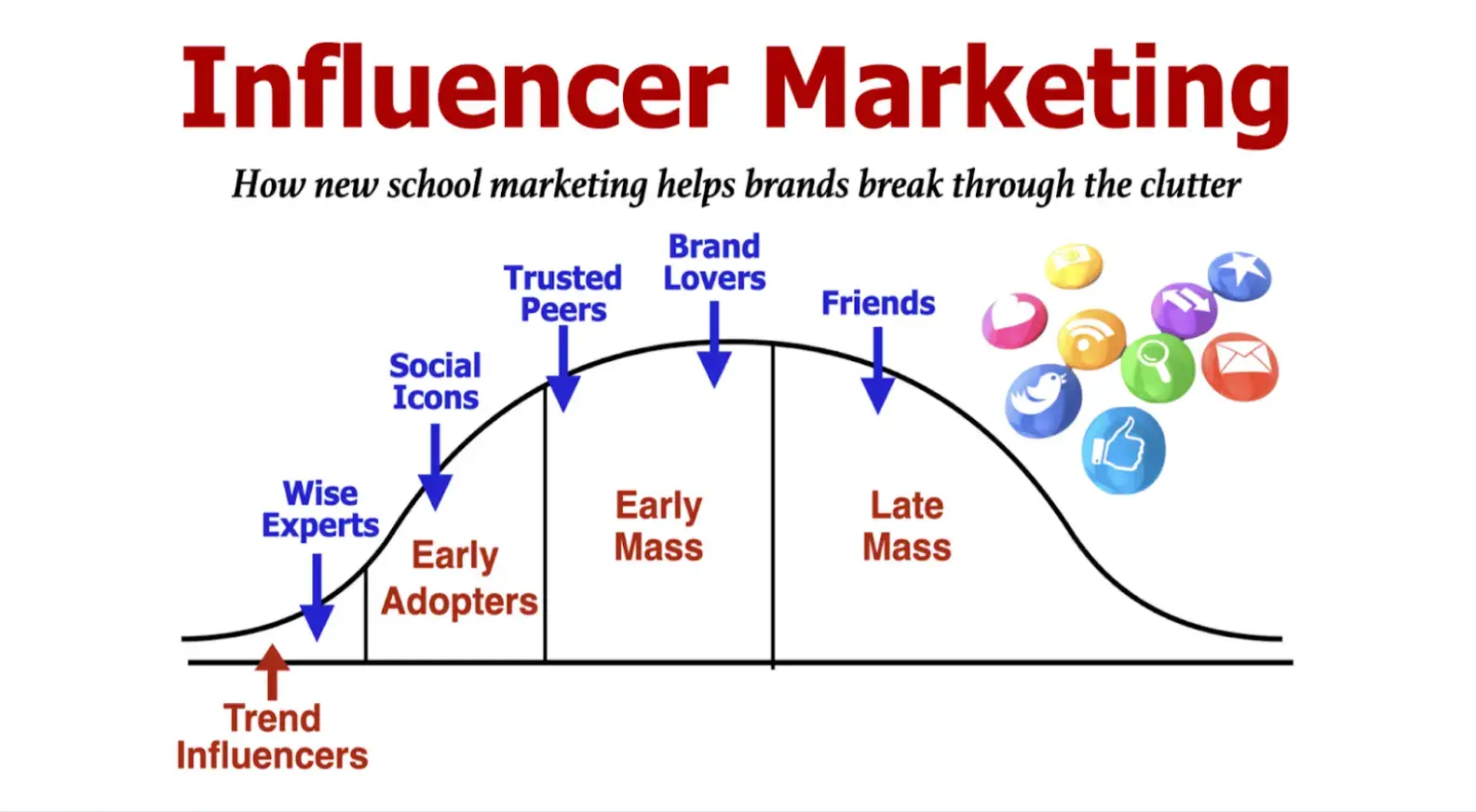In today's dynamic business environment, small enterprises often struggle to generate leads on a limited budget.
Lead generation, the process of attracting and converting potential customers into tangible business opportunities, is paramount for the growth and sustainability of any business, regardless of its size.
In this guide, we delve into the intricacies of lead generation tailored specifically for small businesses operating within financial constraints.
Article Shortcuts:
- Know Your Target Audience
- Optimize Online Presence
- Content Marketing
- Email Marketing
- Networking and Partnerships
- Utilize Cost-Effective Advertising
- Implement Lead Tracking and Analytics
- Customer Relationship Management (CRM) Systems
- Focus on Customer Retention
- Measure and Adjust Strategies
It is essential to understand the significance of identifying and targeting the right audience, optimizing online presence, and harnessing cost-effective strategies.
This comprehensive exploration focuses on practicality and efficiency. It provides actionable tips for entrepreneurs seeking to maximize their lead-generation efforts without spending a fortune.
For example, a gym owner employs targeted gym marketing strategies to attract and target busy professionals in a bustling city with early morning/evening classes, quick workouts, and social media marketing. This focus on convenience attracts new members and boosts revenue.
From leveraging content marketing and email campaigns to strategic networking and affordable advertising avenues, this guide aims to empower small businesses with the tools needed to navigate the intricate realm of lead generation.
As we embark on this journey, we underscore the importance of adaptability, data-driven decision-making, and a steadfast commitment to customer satisfaction to ensure a sustainable and thriving business ecosystem.
Know Your Target Audience
Knowing your target audience is fundamental for effective lead generation, especially for small businesses operating on a budget. To start, it's essential to define ideal customer profiles clearly.
This involves creating detailed personas encompassing demographic information, preferences, behaviors, and pain points. By understanding who your customers are, you can tailor your lead generation strategies to address their specific needs.

Source: Korona Pos
Conducting thorough market research is another crucial aspect of knowing your target audience.
This involves analyzing industry trends, competitor strategies, and customer feedback. By staying informed about your market, you can identify gaps in the offerings or areas where your business can excel.
Furthermore, identifying key demographics and behaviors helps refine your approach.
By pinpointing where your target audience spends time online, their preferred communication channels, and their challenges, you can optimize your marketing efforts to reach them effectively.
This knowledge also aids in creating personalized and relevant content, increasing the likelihood of capturing the attention of potential leads.
In summary, a deep understanding of your target audience allows for the development of targeted and cost-effective lead generation strategies, maximizing the impact of your efforts on a limited budget.
Optimize Online Presence
Establishing a strong online presence in the digital age is essential for small businesses engaged in lead generation on a budget.
This section emphasizes key strategies to optimize the online presence, ensuring maximum visibility and engagement with the target audience.
To begin with, creating a user-friendly website serves as the foundation. To ensure professional results, you might consider the option to hire a web development agency.
A well-designed and responsive website enhances the user experience and boosts search engine rankings. Implementing Search Engine Optimization (SEO) strategies is crucial to increasing the website's visibility on search engines and driving organic traffic.
Social media platforms play a pivotal role in reaching and engaging with the target audience. Small businesses should strategically choose and leverage platforms where their audience is most active.
Consistent and valuable content sharing on social media helps build brand awareness and trust.
Additionally, small businesses can observe the strategies of companies like AstroSafe, which effectively optimizes its online presence through a user-friendly website and targeted SEO practices to attract educators and parents.
This example illustrates the importance of aligning digital presence with the target audience's specific needs and search behaviors.
Additionally, maintaining an active blog and exploring guest posting opportunities can position the business as an industry authority.

Source: Globex Outreach
This content educates the audience and improves search engine rankings through relevant keywords.
Optimizing online presence involves a multi-faceted approach that includes a well-designed website, strategic use of SEO, active engagement on social media, and consistent content creation to establish the business as a credible and accessible resource within its industry.
Content Marketing
Content marketing is a pivotal strategy for small businesses aiming to generate leads on a budget. This approach involves creating and distributing valuable, relevant, and consistent content to attract and engage a target audience.
Developing high-quality content that addresses potential customers' needs and interests establishes a business as an authoritative and trustworthy source within its industry.

Source: GeeksforGeeks
While earlier creating engaging content used to be time-consuming and expensive, now, thanks to AI content creation tools, you can create content, images, videos, and all sorts of media for all channels of your content marketing.
Alongside content creation, equal efforts must be made in distributing content to ensure that it reaches as many people as possible.
One key aspect of content marketing is blogging, where businesses can share informative articles, insights, and solutions and follow some necessary content personalization tips. Guest posting on industry-relevant platforms extends the reach and credibility of the content.
Additionally, creating lead magnets such as eBooks, whitepapers, or webinars provides valuable resources that can be exchanged for contact information, enabling businesses to nurture leads.
Effective content marketing helps attract initial interest and fosters long-term relationships with potential customers. The emphasis should be on providing value rather than focusing solely on promotional content.
Just as a trash can is essential for managing waste efficiently, effective content marketing is crucial for managing customer relationships and business growth.
Source: mba SKOOL
Consistent and strategic content creation, coupled with proper distribution channels, enhances brand visibility, positioning the business as an industry authority and a go-to resource for its audience. This ultimately contributes to successful lead generation efforts within the constraints of a limited budget.
Email Marketing
Email marketing is a powerful and cost-effective strategy for small businesses aiming to generate leads on a budget. Building a targeted email list is the first crucial step, involving the collection of contact information through website sign-ups, events, and other customer interactions.
Crafting compelling email campaigns is essential, focusing on personalized video content that resonates with the audience's needs and interests. Utilizing segmentation based on demographics or behavior helps tailor messages for maximum impact.
Automation plays a pivotal role in email marketing for lead generation. Automated follow-up sequences nurture leads over time, delivering relevant content and guiding prospects through the sales funnel. This ensures a consistent and personalized communication strategy without requiring excessive manual effort.

Source: Keap
Strategic use of subject lines, engaging visuals, and a clear call to action increases the likelihood of recipients opening emails and taking desired actions. It's crucial to balance informative content and avoid an overly promotional tone.
Regularly analyzing email campaign performance using metrics such as open rates, click-through rates, and conversion rates allows businesses to refine their strategies and adapt to changing market dynamics.
Overall, email marketing provides an efficient and budget-friendly avenue for small businesses to build relationships with potential customers and drive lead generation.
Networking and Partnerships
Networking and partnerships are pivotal in effective lead generation for small businesses operating on a budget. Businesses can establish meaningful connections with potential clients, partners, and collaborators by actively participating in local events, industry conferences, and networking functions.
Face-to-face interactions provide an opportunity to showcase products or services, fostering trust and credibility within the community.

Source: HubSpot
Moreover, forming partnerships with complementary businesses can create mutually beneficial relationships.
Collaborating with companies with a similar target audience but offering non-competing products or services can lead to shared marketing efforts, expanding the reach without incurring significant costs.
These partnerships may involve co-hosting events, cross-promoting each other's offerings, or even establishing formal referral programs.
In addition to local networking, businesses can explore online partnerships through platforms and forums relevant to their industry.
Virtual collaborations, joint webinars, or co-authored content can effectively expand the digital footprint and reach a wider audience.
Ultimately, networking and partnerships provide access to new leads and contribute to building a supportive business ecosystem. Small businesses can leverage these relationships to enhance brand visibility and credibility and, most importantly, generate leads cost-effectively.
Utilize Cost-Effective Advertising
In the realm of lead generation for small businesses, adopting cost-effective advertising strategies is paramount for maximizing returns on a limited budget.
Firstly, leveraging platforms like Google Ads and social media advertising enables businesses to target specific demographics, ensuring their ads reach the most relevant audience. This targeted approach increases the likelihood of capturing leads and minimizes unnecessary expenditures.
In addition, collaborating with a top influencer marketing agency can further amplify the reach of your lead generation efforts, tapping into established networks and audiences for enhanced visibility and engagement.
Furthermore, small businesses can explore cost-effective online ad campaigns focusing on specific keywords or niches, optimizing the budget for maximum impact.
Investing in well-placed, visually appealing ads on social media platforms, where many potential leads spend their time, can be particularly effective without breaking the bank.
Additionally, considering influencer marketing as a cost-effective strategy can provide access to a larger audience through partnerships with individuals with a significant following.

Source: Indi-Digital
Ultimately, the key to cost-effective advertising lies in strategic planning, targeting the right platforms, and continuously monitoring and adjusting campaigns based on performance data.
Small businesses can significantly impact lead generation by being mindful of their budget constraints and creatively utilizing the diverse and accessible advertising options available in the digital landscape.
Implement Lead Tracking and Analytics
Implementing lead tracking and analytics is a crucial aspect of successful lead generation for small businesses on a budget.
This involves systematically collecting, analyzing, and interpreting data related to lead interactions and behaviors. By employing various analytics tools, businesses gain valuable insights into the effectiveness of their lead generation strategies, allowing for informed decision-making and continuous improvement.
Lead tracking involves monitoring and recording every touchpoint a potential customer has with a business, from website visits to email interactions. Analytics tools help in quantifying the success of marketing campaigns, identifying high-performing channels, and understanding customer preferences.
Businesses can assess the impact of their efforts by measuring key performance indicators (KPIs) such as conversion rates, click-through rates, and engagement metrics.
Through data-driven insights, businesses can refine their targeting strategies, optimize marketing channels, and allocate resources efficiently. This not only maximizes the return on investment but also allows for the identification of potential areas for improvement.
Focusing on what works and adjusting strategies accordingly becomes paramount in the context of a limited budget.
Implementing lead tracking and analytics empowers small businesses to navigate the competitive landscape intelligently, ensuring that every marketing effort contributes meaningfully to lead generation goals.
Customer Relationship Management (CRM) Systems
Customer Relationship Management (CRM) systems are pivotal in enhancing lead generation efforts for small businesses on a budget.
These systems, provided by companies like Microsoft Dynamics software company, are software solutions designed to streamline and manage interactions with current and potential customers.
A well-implemented CRM system can help businesses organize and optimize their lead generation database.
It is crucial to choose an affordable CRM solution tailored to a small business's specific needs. These systems enable businesses to centralize customer information, track interactions, and maintain a comprehensive view of the customer lifecycle.
By organizing and segmenting customer data, businesses can create targeted marketing campaigns, improving the relevance of their communications.
Automation is another key aspect of CRM systems. Small businesses can automate various customer relationship processes, such as email responses, follow-ups, and lead nurturing. This saves time and ensures consistent and timely engagement with leads.
Furthermore, CRM systems facilitate effective communication within the organization, ensuring that the sales and marketing teams are aligned in their efforts.
By providing insights into customer behavior and preferences, CRM systems empower businesses to make data-driven decisions. This ultimately improves the efficiency and effectiveness of lead generation strategies while remaining mindful of budget constraints.
You can also connect your CRM to LinkedIn through third-party Chrome extensions like Surfe who provide integrations like the Pipedrive LinkedIn Integration.
Focus on Customer Retention
Customer retention is a critical aspect of sustaining a successful small business, particularly when operating on a budget. It involves efforts to nurture and maintain relationships with existing customers, ensuring their continued satisfaction and loyalty.
One key element is providing excellent customer service, addressing concerns promptly, and exceeding expectations. By fostering positive interactions, businesses can create a strong f


